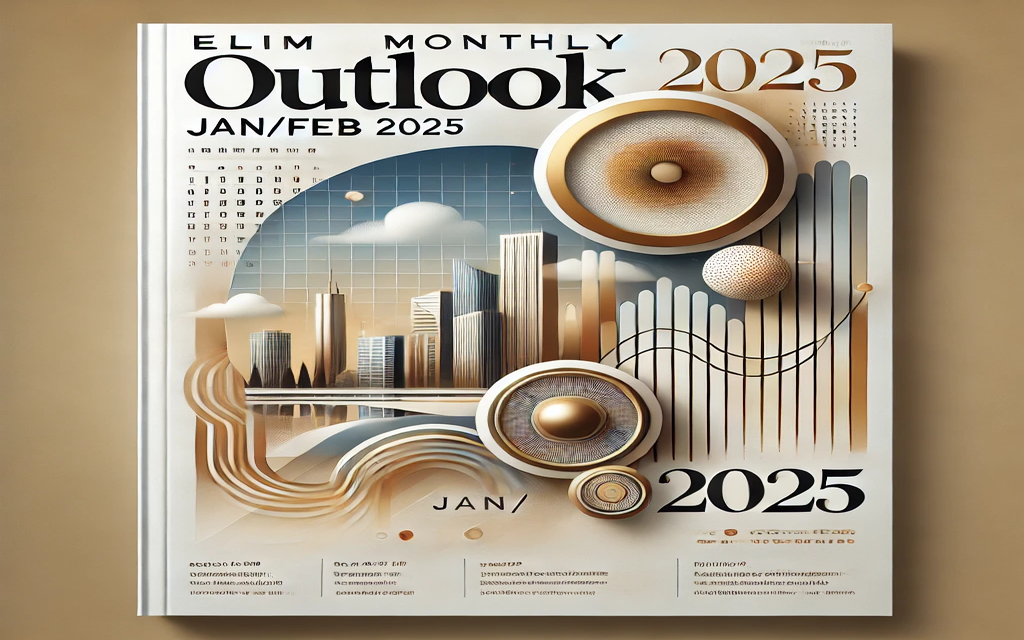Sectorial analysis
| Situational analysis | Policy commentary | |
| Manufacturing |
Contribution to GDP: (7.6%) Sustained Growth:PMI at 50.5 marks the fourth month of Key Challenges: High taxes,inflation, and regulatory Unpredictability hinders growth. Subdued Demand: Slower output and reduced new orders weaken,momentum Hiring Freeze: Firms paused hiring to stabilize costs amid pressures |
The PMI at 50.5 shows sustained manufacturing growth, but high taxes and regulatory unpredictability hinder progress. Key policy actions should include tax reforms, regulatory stability, and demand stimulation to sustain momentum. |
| Agriculture |
Contribution to GDP: Agriculture (21.6% of GDP)is vital for stability and employment. Drought disrupted production,worsening food insecurity. Inflation in food rose by 6.1% year-On-year. Government policy focuses on investment plans and seed innovations. Climate-smart mitigation and better irrigation are urgently needed. |
The agriculture sector’s, drought,induced disruptions highlight risks to GDP stability (21.6%) and inflationary pressures on food prices (6.1% rise) Policy should focus on boosting productivity through irrigation and seed innovations while reducing reliance on costly imports to improve trade balances and economic resilience. |
| Tourism and Hospitality |
Contribution to GDP: Contributes about 10.4% to GDP. Employing about 1.55m people Number of Tourist in 2024: 2.5 million. Festive season saw a 90% occupancy rate. |
Tourism recovery is key to GDP growth and foreign exchange stabilty. • In line with the National Tourism Strategy 2025-2030, tourism numbers are expected to grow.
|
| Energy and pertroleum |
Crude oil: increased by 5 dollars in January Fuel Prices: EPRA adjustments raised costs as follows: Super Petrol: Increased by KShs0.29 per litre Diesel: Increased by KShs. 2.00 per litre Oil Imports: Gulf (G to G) deal stabilizes forex but highlights market interference risks. Price expected to reflect in electricty bills |
US Energy Information Agency predicts a stable crude oil prices averaging USD 74 per barrel in 2025, with significant increase in 2026. we anticipate a similar stability locally . We anticipate a similar stabilty locally. Reducing oil import reliance through renewable energy investments like geothermal can stabilize costs, curb inflation risks, and boost productivity. There’s need to review over-taxation in the sector to economic growth locally.
|
| Financial Services |
GDP Contribution: Finance and Insurance Contributes 7.8% to Kenyan GDP Monetary Policy: the MPC meeting in Feb cut the base rate to 10.75% and cash reserve ratio to 3.25% to address sluggish 4% credit growth. Fintech: Mobile banking expanded inclusion but raised over-indebtedness concerns. Challenges: High NPLs, manufacturing credit down by -0.6%, and weak SME lending. External Pressures: Reduced U.S. aid, but $9 billion forex reservesstabilized the shilling at KSh 129.25– 129.75/USD. (Source: CBK)
|
To boost credit growth and economic recovery, Kenya should strengthen SME lending strengthen SME lending frameworks and address high NPL ratios. Possibly the best performing sector in the country. Government lending has contributed to the sector’s sterling performance Insurance penetration still low. Will require friendly regulation to encourage uptake. Fintech is growing. Will require policy support and adequate regulation to protect small scale users . |
| Trade & Services |
Contribution to GDP: Services sectorcontributes 55.42 to GDP. Exports: Tea and horticulture thrived in key markets but faced high costs and low diversification. Imports: $89/barrel oil and a weak shilling drove a $11.4 billion trade deficit Reserves: $9 billion reserves covered four months of imports. (Kenya-UK Trade Deal (EPA)- Active since 2020, ensuring duty-free Kenyan exports; the first Partnership Council met in March 2023 to boost trade . Kenya-US Trade Deal (STIP) – Still under negotiation; the third round was in Nairobi, January 2024, targeting a deal by year-end. Not finalised during the Biden Administration. (Source: KNBS) |
Bilateral trade agreements ensure access to foreign markets.Additional trade agreements with countries in the middle east and Asia have contribute to expansion of trade to these areas. Digital trade and e-commerce hold Significant potential. Government is keen on getting tax revenues with cleat plan on supporting, growing the sector
|
| Construction and Real estate |
Growth: The sector is on track to reach $773 billion in 2025, driven by strong political goodwill as regards the affordable housing programme by the Kenya Kwanza Government. Trends: Sustainable practices and pre-cast housing technologies are shaping market preferences |
Biggest hurled to the sector remains Biggest hurled to the sector remains the high cost of construction, and by extension, the housing product. Addressing the cost issue through tax incentives on materials and equipment will drive growth upwards. |
- BEPS: Base erosion and profit shifting
- CBK: Central Bank of Kenya
- KNBS: Kenya National Bureau of Statistics
- NASI: NSE All Share Index
- PMI: Purchasing Managers Index
Drafted by Odhiambo Ramogi and Eddy Odiwuor

